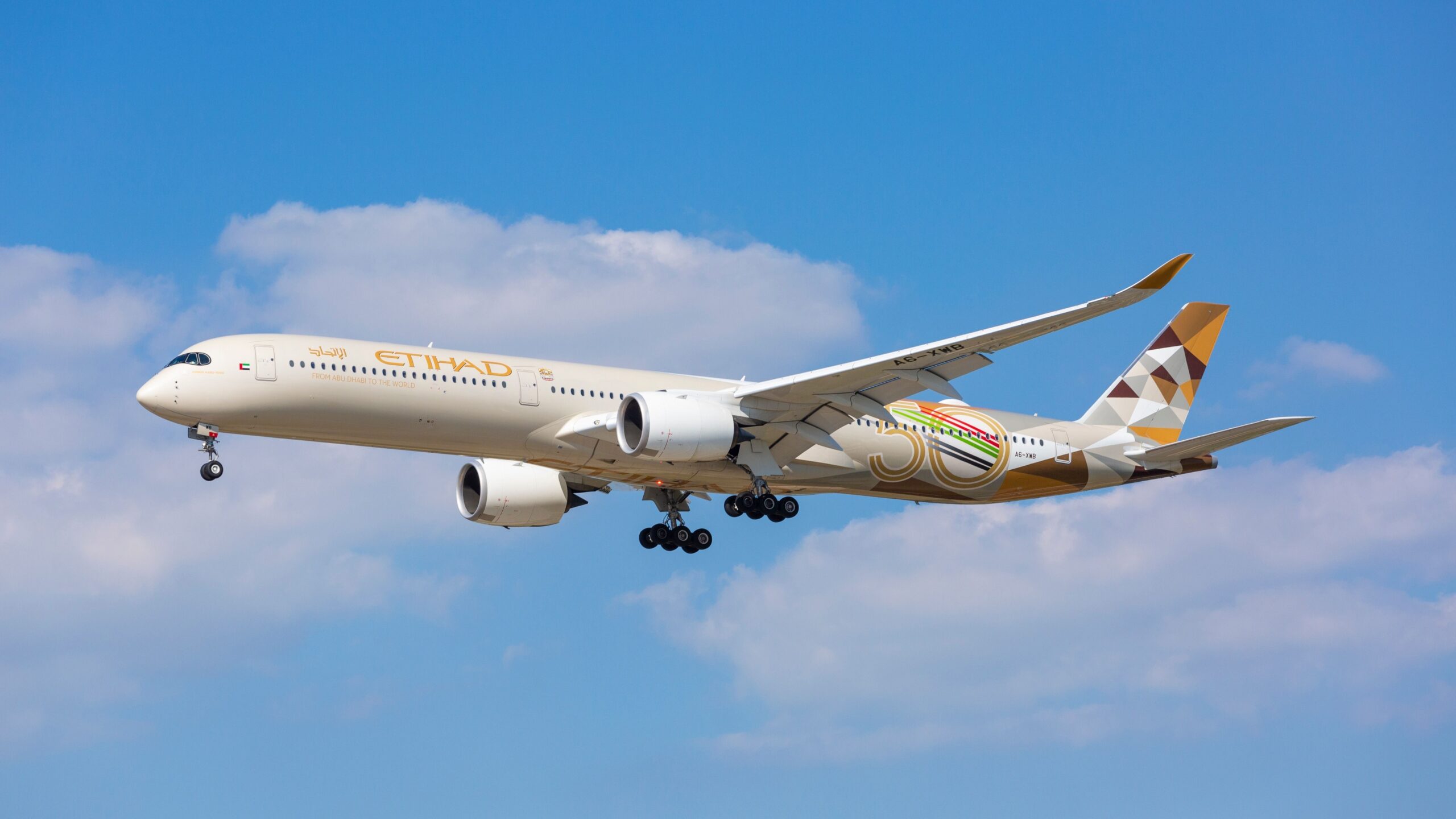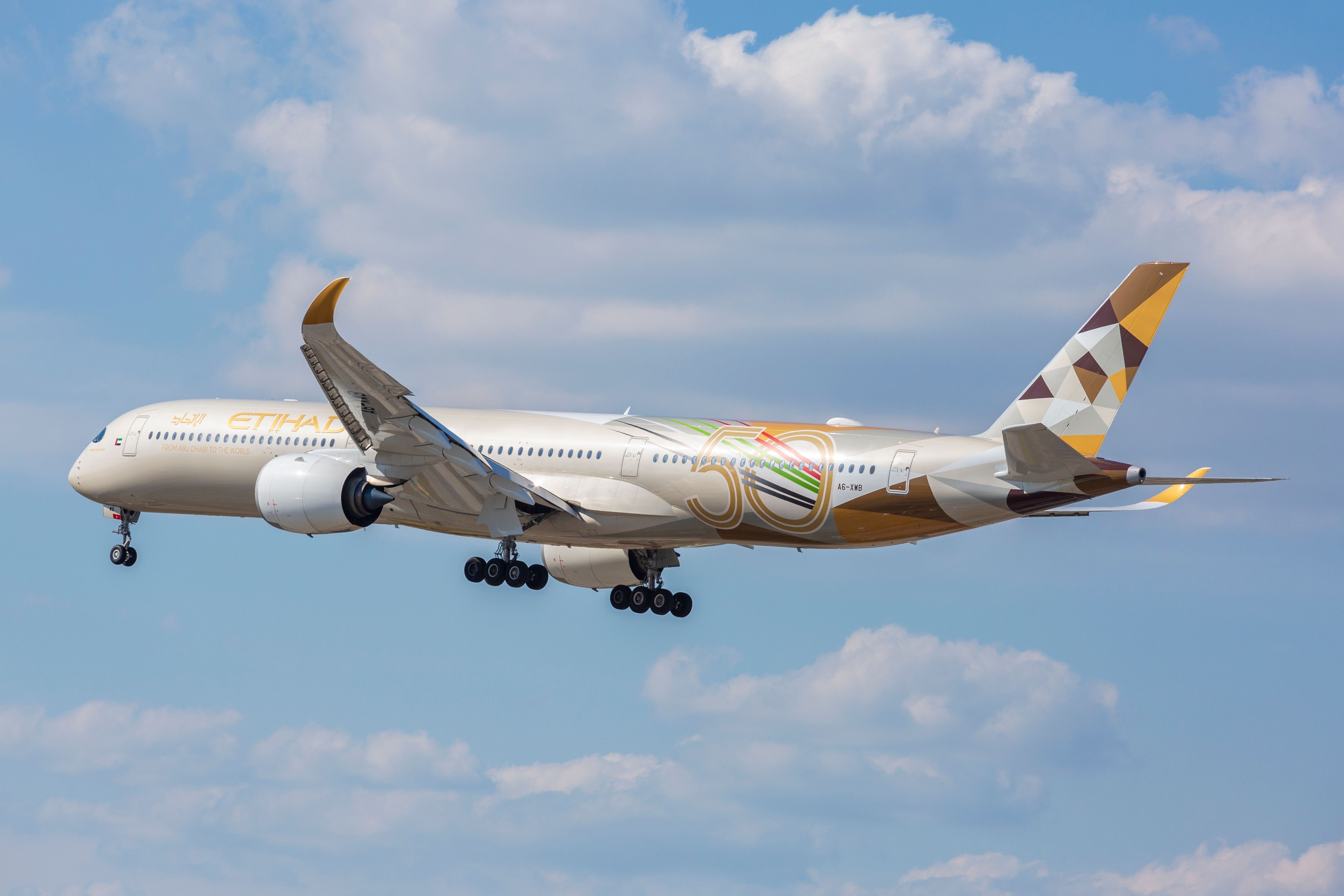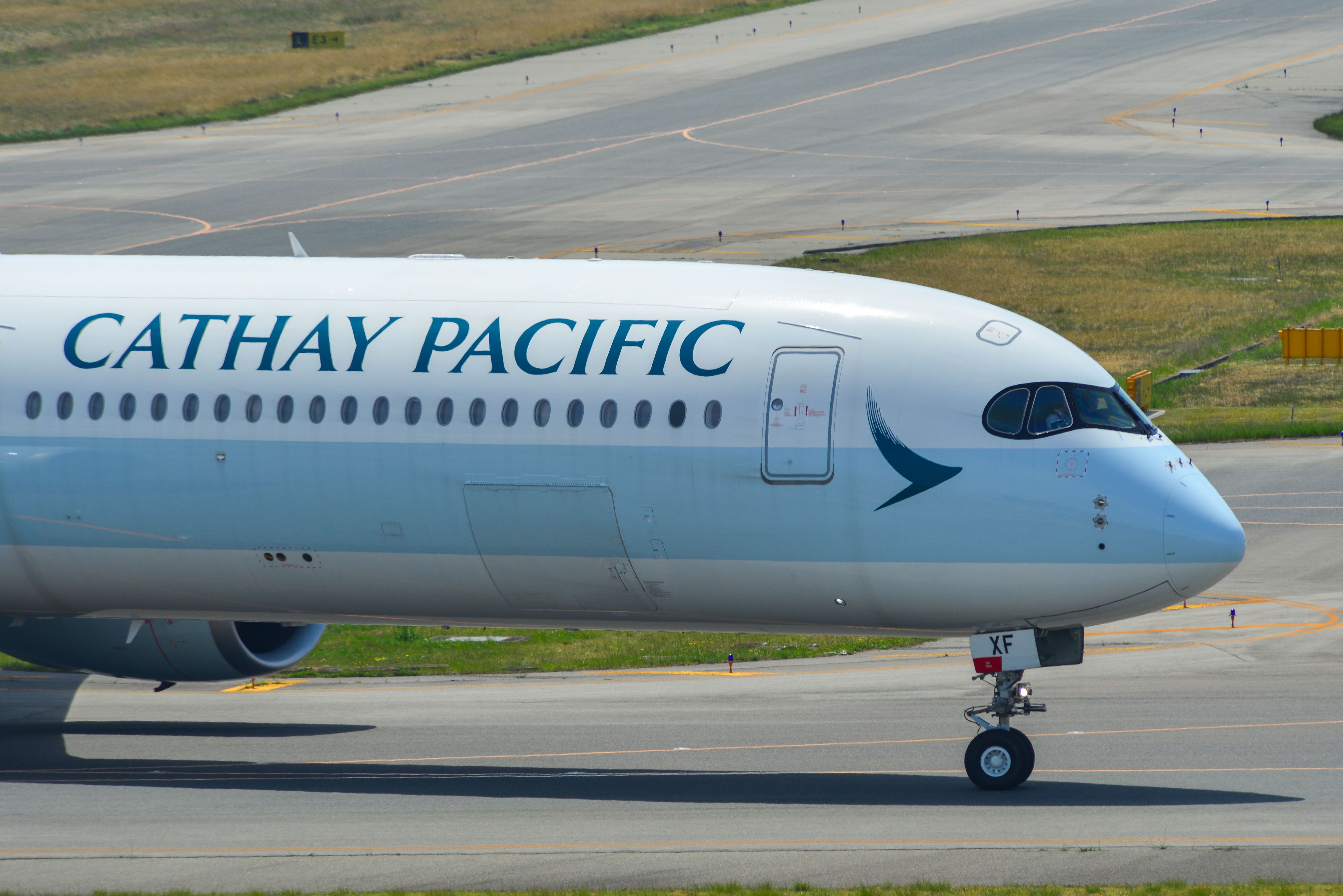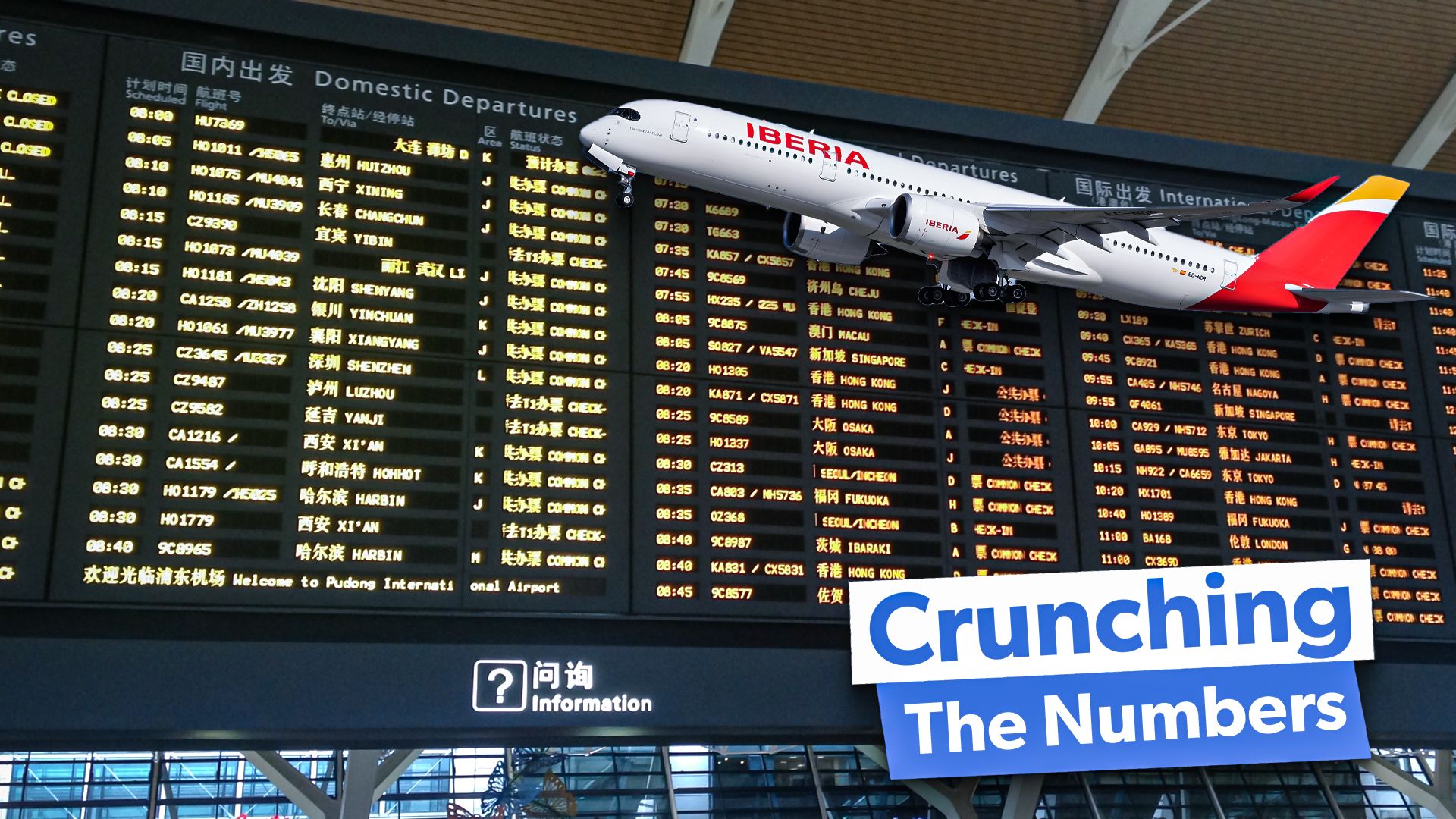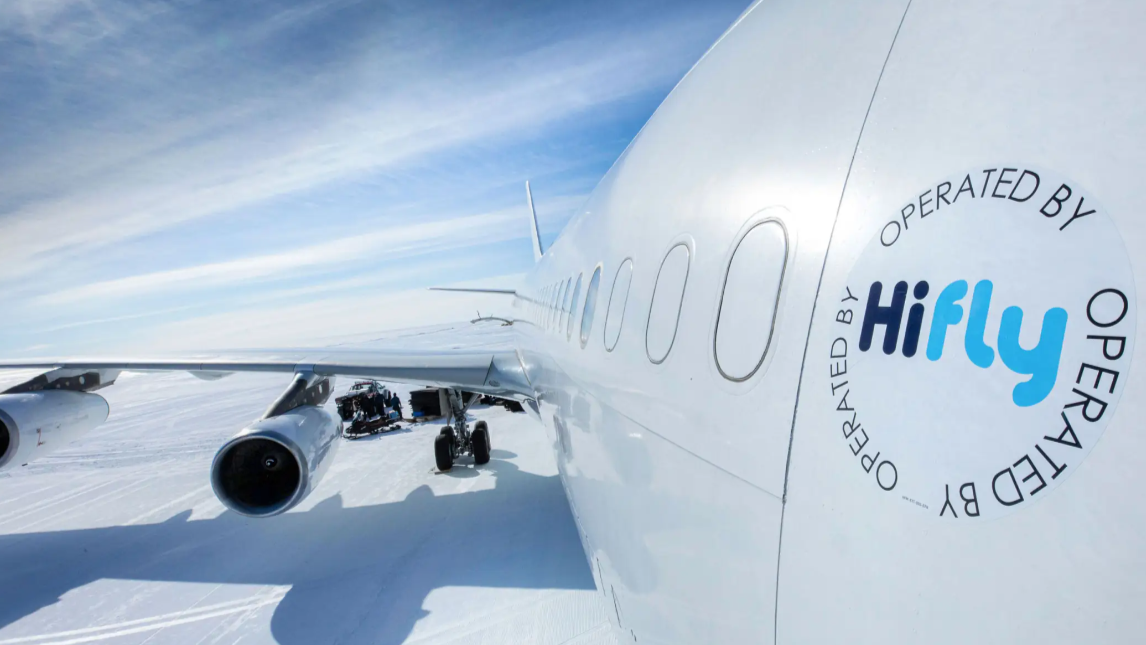An Etihad Airways Airbus A350-1000
was forced to cancel a flight from Chicago, the United States, to Abu Dhabi, the United Arab Emirates, and later had to divert to London, the United Kingdom, as it reportedly encountered engine issues on the way back to the airline’s hub.
Staying in Chicago
According to Flightradar24 data, the Etihad Airways A350-1000, registered as A6-XWF, had operated flight EY9 from Abu Dhabi Zayed International Airport (AUH) to Chicago O’Hare International Airport
(ORD).
Photo: Carlos Yudica | Shutterstock
After the aircraft had successfully landed in Chicago, the Etihad Airways A350-1000 was scheduled to return to Abu Dhabi on flight EY10.
However, the airline canceled that flight with the aircraft, and the Airbus
widebody remained in Chicago until September 28.
Ferried to Abu Dhabi
The flight-tracking website’s records indicated that the A350-1000 left Chicago on September 28, departing the airport at 5:05 local time (UTC -5) on September 28.
The A350-1000 was operating flight ETD76TA, which was an unusual code for ![]() Etihad Airways
Etihad Airways
, potentially indicating that the widebody jet was being ferried on a non-commercial flight to Abu Dhabi.
However, during the flight, the flight crew reportedly encountered issues with one of the aircraft’s engines, forcing it to divert to London Heathrow Airport
(LHR). Simple Flying has approached Etihad Airways for a comment.
Photo: Etihad Airways
The A350-1000 landed in the British capital at 6:33 local time (UTC +1), taxiing to a remote stand near Terminal 4 at London Heathrow.
Eventually, the aircraft began its journey to Abu Dhabi, departing from Heathrow at 20:42 on September 28.
It landed at Abu Dhabi Zayed International Airport at 5:55 local time (UTC +4) on September 29. While it spent the rest of the day at Etihad Airways’ main hub, the aircraft once again entered commercial service on September 30.
The A350-1000 departed for its return itinerary to Zurich Airport (ZRH) at 3:02 on September 30, arriving at the Swiss airport at 7:17 local time (UTC +2).
Ruling out engine issues
Previously, Etihad Airways had ruled out that any of its A350-1000s’ engines, namely the Rolls-Royce Trent XWB-97, were plagued by the same issues that were discovered on Cathay Pacific’s A350-1000s.
The problems were discovered after the Hong Kong International Airport (HKG)-based carrier’s A350-1000, registered as B-LXI, had to divert back to the airport after it departed on a flight to Zurich Airport (ZRH) on September 2.
Photo: Phuong D. Nguyen | Shutterstock
Shortly after departure, the flight crew received a number two engine fire warning, prompting them to shut down the engine. While the aircraft landed safely, it prompted Cathay Pacific
to inspect its whole fleet of A350 aircraft, including the A350-900s, for damage to the engine.
The Hong Kong Air Accident Investigation Authority’s (AAIA) preliminary incident report pinned the engine fire to a damaged secondary fuel manifold hose.
On September 7, Le Figaro, citing the Agence France-Presse, reported that Etihad Airways had initiated voluntary inspections of its A350-1000 fleet but, at the time, had not discovered any issues with its fleet of the type.
Ch-aviation data showed that Etihad Airways has five A350-1000s in its fleet, all powered by the Rolls-Royce Trent XWB-97 engines.

